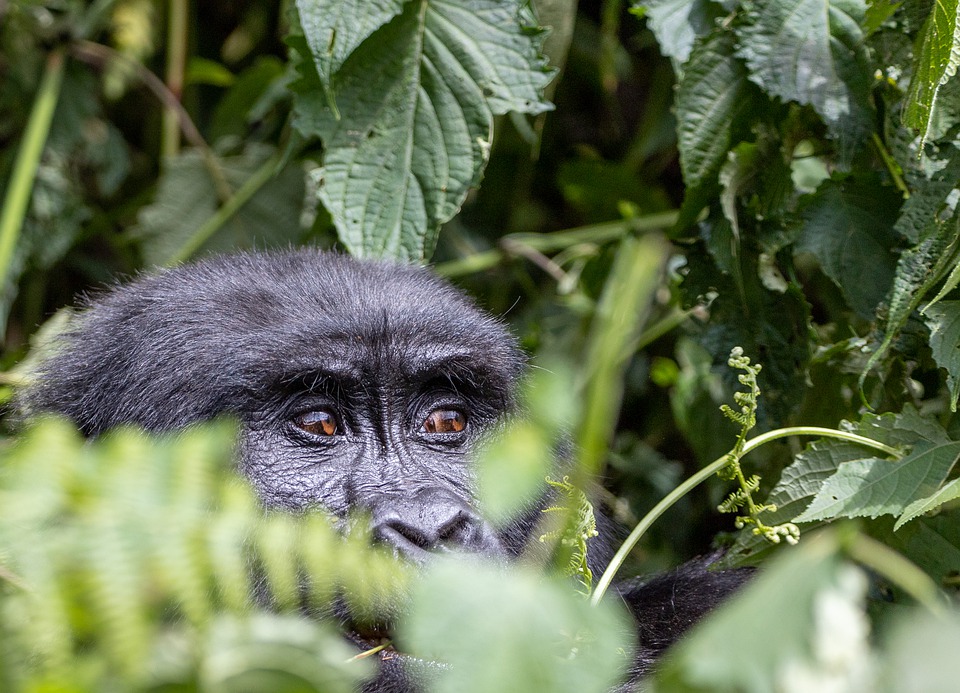The Great Dam Debate: Beavers Don’t Live Where You Think
For many of us, the image of a beaver is synonymous with the wild, untamed wilderness of North America. We think of them building their iconic dams and lodges in pristine forests and mountains, surrounded by towering trees and crystal-clear streams. But, what if I told you that this is not entirely true?
Recent research has blown the lid off a surprising fact about beaver habitats. It turns out that these industrious rodents are not, in fact, limited to the wilderness. On the contrary, beavers can be found in some of the most unexpected, and even urban, environments.
The study, conducted by a team of scientists from the University of Montana, analyzed years of data on beaver sightings and habitats. What they found was astonishing – beavers are not just solitary creatures, confined to distant forests, but are actually highly adaptable, often thriving in areas we wouldn’t typically associate with them.
Imagine, if you will, a landscape of concrete and steel, where rows of skyscrapers stretch towards the sky and the only sound is the distant hum of traffic. It may be hard to picture a beaver, the beloved symbol of wilderness and tranquility, residing in such an environment. And yet, that’s exactly where many urban beavers call home.
City Slickers
Contrary to popular opinion, beavers are not limited to rural areas. The city is their new frontier! In fact, a significant percentage of beavers can be found making themselves at home in urban environments – from parks and green spaces to even inner-city waterways.
These resourceful rodents have adapted to the unfamiliar landscape, using their remarkable engineering skills to construct dams and lodges in the heart of the city. It’s a sign of their incredible resilience, proof that even in the unlikeliest of places, the determination to thrive can overcome any obstacle.
The images below illustrate just how integral beavers have become to some urban ecosystems.
[Image: An urban beaver lodge in a Portland, Oregon park, with a distant cityscape in the background]
[Image: A beaver dam constructed in a busy city canal, surrounded by busy traffic]
So, How do Beavers Make it Happen?
It’s precisely this adaptability that has earned beavers a reputation as champion engineers. Their remarkable ability to problem-solve and modify their environment ensures their survival, even in the most uninviting of settings. To achieve this, beavers possess a range of remarkable skills, including:
• Dam construction: Beavers are masters of engineering, using a combination of sticks, mud, and even concrete to build intricate dams that block waterways and create ponds, perfect for building their homes and storing food.
• Lodges: Beavers construct robust, waterproof lodges from sticks and other plant material, providing a snug and secure space to raise their young, or simply rest.
• Ecological engineering: Beavers impact their environment by creating ‘beaver meadows’, essentially transforming wetlands into lush oases, supporting a diverse array of plant and animal life.
Frequently Asked Questions
Q: Where can beavers be found?
A: Despite popular opinion, beavers don’t just live in wilderness areas; you can find them in urban parks, green spaces, and even inner-city waterways!
Q: How do beavers manage to thrive in cities?
A: Resourceful beavers adapt, using their remarkable engineering skills to construct dams, lodges, and modify their environment to suit the urban landscape.
Q: What ecological impact do beavers have?
A: By creating ‘beaver meadows’, beavers bring life to areas once submerged in water, supporting a diverse range of plant and animal species.
Q: Can we learn from beavers?
A: Absolutely! Beavers represent a remarkable example of resilience, engineering prowess, and ecological awareness. By examining their adaptability and problem-solving skills, humans can gain valuable insights into sustainable living.
As we gaze upon images of these remarkable creatures, we realize that the great dam debate goes far beyond simple habitat divisions. It’s a testament to the incredible strength and adaptability of life itself.
The Next Time You See a Beaver…
Remember the next time you catch a glimpse of that furry, flat-tailed friend roaming the woods or, unexpectedly, the streets, that beavers are more resilient than we ever imagined. Their remarkable success in the face of adversity serves as a powerful reminder of the importance of our own adaptability and determination in the face of uncertainty.
For more informative articles and insights, tune in to our latest updates [link to newsletter or RSS feed].



